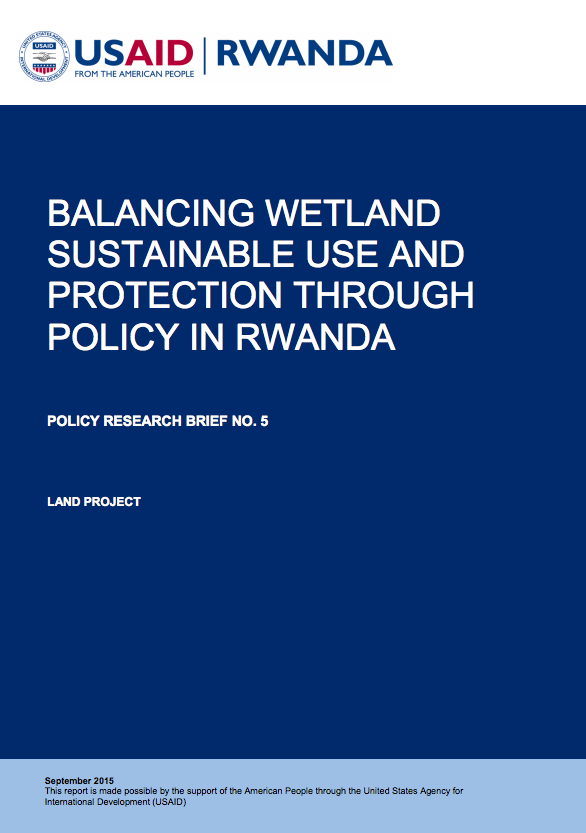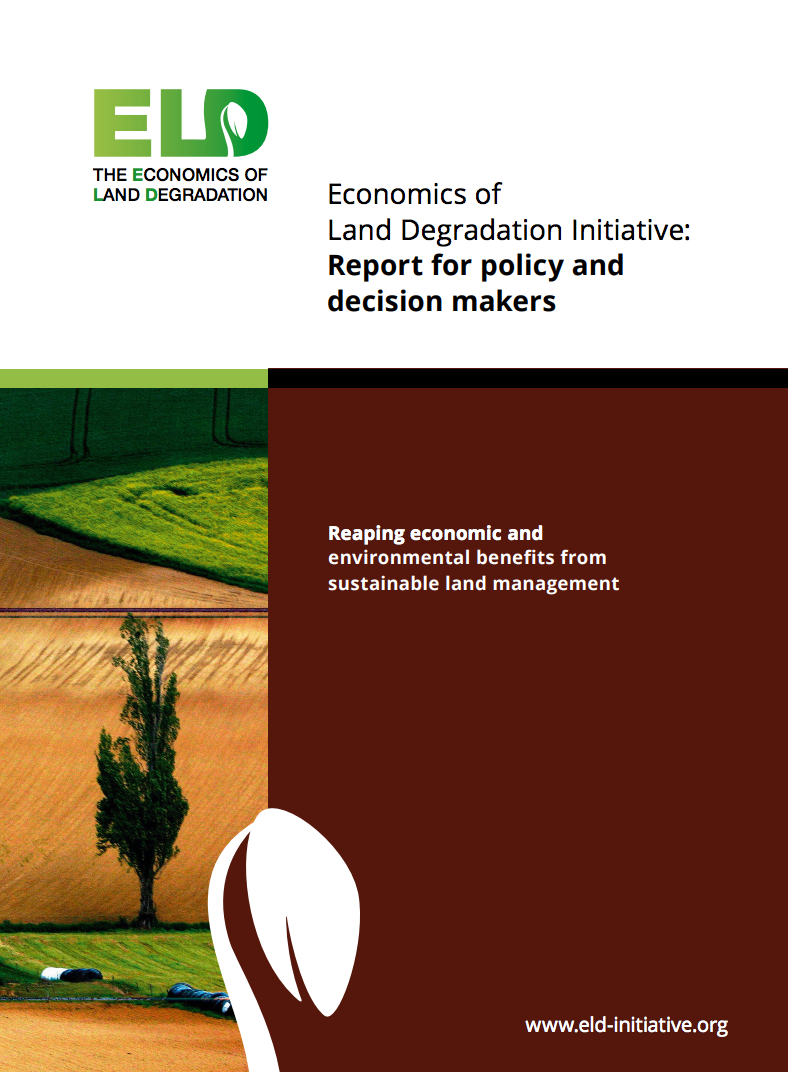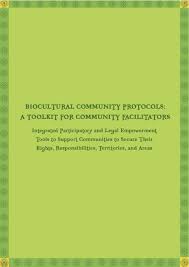UNHCR: Central Area Floods Response Situation Report #5 (as of 14 Sep 2015)
Disaster overview: "The coordination team
suggests that there are three broad geographic areas.
The
team has conducted
field trips to
two of these ‘typical’ areas. Many houses in the areas visited are of timber construction but there are
also masonry
and semi masonry buildings.
Chin State: Mountainous
area severely affected by landslide
and
access issues.
Many
households
whose houses
were destroyed or are now in unsafe locations
are obliged to find
temporary accommodation







